Setting up a remote workspace in a tiny house involves strategic planning to enhance productivity and comfort. Choose a quiet location with reliable internet and consider local zoning laws. Emphasize a functional design, ensuring your workspace enjoys natural light and ergonomic furnishings. Opt for foldable desks and multifunctional furniture like storage ottomans to save space.
Prioritize natural light with large windows or skylights, and use neutral colors to brighten your environment. Use noise-canceling headphones to mitigate distractions and maintain well-defined work-leisure boundaries. Each of these elements helps create an efficient tiny house office setup, promising a deeper exploration into more innovative solutions.
Key Takeaways
- Ensure a reliable internet connection with high-speed broadband or a mobile hotspot for seamless remote work in a tiny house.
- Utilize multifunctional furniture like foldable desks and Murphy beds to optimize space in a tiny home office setup.
- Position workspaces near windows for natural light and improved productivity in a compact living environment.
- Incorporate noise-canceling headphones or white noise machines to manage sound distractions in a tiny house office.
- Use vertical storage solutions like wall-mounted shelves and pegboards to keep workspaces organized and clutter-free.
Choosing the Right Location
Selecting the ideal location for your tiny house can greatly impact your remote work experience. Start by considering proximity to necessary amenities, like grocery stores and medical facilities. Living too far might disrupt your work routine, especially when unplanned errands arise. Check for reliable internet service in the area, as stable connectivity is vital for remote work. Investigate options for internet providers and confirm they offer fast and dependable service.
Evaluate the noise levels of potential locations. A quiet environment helps maintain focus and productivity. Visit at different times to assess ambient sounds, such as traffic or nearby construction. Additionally, consider climate and weather patterns, as extreme conditions can affect comfort and energy consumption.
Access to outdoor space can enhance your work-life balance. Nature can provide a revitalizing break from screen time and boost your creativity. Consider locations with favorable landscapes or recreational areas nearby for regular relaxation.
Lastly, examine local zoning laws and regulations. Some areas might restrict tiny house living or require specific permits. Understanding these rules beforehand saves time and prevents legal complications. Choose a location that aligns with your work needs and lifestyle preferences.
Designing a Functional Layout
Once you've chosen the perfect location for your tiny house, focus on designing a functional layout that supports your remote work. Begin by identifying the essential areas: a dedicated workspace, living area, kitchen, bathroom, and sleeping zone. Prioritize your workspace since it's vital for productivity. Position it near a window if possible, to maximize natural light and create an uplifting environment.
Think vertically to make the most of your limited space. Utilize wall-mounted shelves or pegboards to store office supplies and other essentials. This approach keeps surfaces clear and your workspace organized. Consider the flow of movement within the tiny house. Make sure your layout allows for easy shifts between work and living areas, preventing distractions and promoting efficiency.
Pay attention to acoustics and privacy. Use curtains or sliding partitions to separate your workspace from other areas, reducing noise and visual interruptions. Remember, flexibility is key. Design your layout with adaptability in mind, allowing you to reconfigure spaces as your needs change over time. By focusing on these elements, you'll create a tiny house layout that balances both work and leisure, enhancing your remote work experience.

Multifunctional Furniture Ideas
Maximize the utility of your tiny house by incorporating multifunctional furniture that adapts to your remote work needs. Consider a foldable desk that transforms from a compact wall-mounted unit into a spacious workspace. It allows you to seamlessly shift between work and leisure without sacrificing valuable floor space. A convertible sofa bed offers dual functionality, providing a comfortable seating area by day and a restful sleeping space by night, thereby optimizing your limited living area.
Look into storage ottomans that serve as seating, footrests, and storage units. They keep your work equipment organized and within reach while maintaining a clutter-free environment. Murphy beds with built-in desks present another innovative solution, folding away when not in use to free up space for other activities. These options are perfect for maximizing every square inch of your home.
Incorporate nesting tables that easily stack together when not in use, saving space but expanding your work area when needed. Additionally, a modular shelving system can adapt to your ever-changing storage needs while providing a stylish display for books or décor. By choosing multifunctional furniture, you'll enhance your tiny house's efficiency, allowing for a more productive and comfortable remote work experience.
Optimizing Natural Light
Harness the power of natural light to create an inviting and productive atmosphere in your tiny house. You'll want to focus on maximizing available light while minimizing glare. Start by positioning your workspace near larger windows. This setup not only increases the amount of natural light but also offers an ever-changing view, which can enhance your mood and creativity.
Consider installing skylights or light tubes if your tiny house design permits. These additions can flood your space with daylight without taking up valuable wall space. Also, opt for light, neutral colors on walls and ceilings to reflect light throughout the room, making the area feel more spacious.
Use sheer curtains or blinds that you can easily adjust, allowing you to control the amount of light while reducing glare on screens. Mirrors can be strategically placed to bounce light around the room, enhancing brightness and depth.
Lastly, regularly clean windows to guarantee maximum light penetration. Don't underestimate the impact of natural light on your productivity and well-being. By making these adjustments, you can transform your tiny house into a bright, inspiring place to work effectively.
Smart Storage Solutions
As you bask in the natural light, it's equally important to address the challenge of limited space with smart storage solutions. In a tiny house, every inch matters, so maximizing storage requires a strategic approach. Start by utilizing vertical space. Install shelves or cabinets that reach up to the ceiling. This not only frees up floor space but also keeps your workspace organized and clutter-free.
Consider multi-functional furniture. Desks with built-in drawers or foldable tables provide flexibility while maintaining a tidy appearance. Ottomans or benches with hidden storage can double as seating and storage, making them invaluable in a small footprint.
Think about underutilized spaces. Under-bed storage containers or wall-mounted hooks for hanging items can save significant space. Magnetic strips on walls can hold office supplies, eliminating the need for bulky containers.
Finally, opt for modular storage systems. They adapt to your needs and can be reconfigured as your storage requirements change. Embrace a minimalist mindset by regularly decluttering and only keeping essentials. These strategies guarantee your tiny house remains a functional and efficient workspace, without sacrificing comfort or style.
Technology Essentials for Remote Work
How can you guarantee your tiny house is equipped for seamless remote work? Begin with a reliable internet connection. Opt for a high-speed broadband service or a mobile hotspot, assuring stability for video calls and cloud-based applications. Next, invest in a robust router to distribute this connection effectively throughout the small space, maximizing coverage and reducing interference.
Choose a powerful yet compact laptop or desktop that meets your professional requirements. Prioritize devices with efficient processors and ample RAM to handle multitasking. External monitors can enhance productivity, providing additional screen space without clutter. Consider a wireless keyboard and mouse to minimize cable chaos and maintain a tidy workspace.
Ascertain your workspace is well-lit and noise-controlled. A good pair of noise-canceling headphones can be invaluable in a tiny house, blocking distractions while participating in online meetings. Additionally, smart lighting solutions can adjust to your work schedule, improving focus and reducing eye strain.
Lastly, invest in a cloud storage solution for secure and accessible document management. This reduces reliance on physical storage, essential in a tiny home, and guarantees your files are available wherever you go. Embrace these tech essentials for a productive remote work environment.

Ergonomic Considerations
Transform your tiny house into an ergonomic haven by focusing on comfort and efficiency. To begin, choose a chair that supports your posture. The right chair should have adjustable height and lumbar support to keep your spine aligned. Remember, your feet should rest flat on the floor. If necessary, use a footrest to achieve this position.
Pro Tip: Investing in a refurbished Herman Miller office chair can elevate your workspace with premium ergonomic support, durable materials, and timeless design—all while saving money and supporting sustainability.
Next, position your desk at a height that allows your elbows to remain at a 90-degree angle when typing. This setup minimizes strain on your shoulders and wrists. Your computer screen should be at eye level, about an arm's length away, to prevent neck and eye strain. Consider a monitor stand or adjustable laptop riser if adjustments are needed.
Lighting plays a vital role in reducing eye fatigue. Use a combination of natural and artificial lighting to illuminate your workspace evenly. An adjustable desk lamp can help focus light on your tasks without causing glare on your screen.
Incorporate movement into your routine. Stand up, stretch, or walk around every hour to keep blood circulation flowing. By prioritizing ergonomics in your tiny house office, you maintain productivity and protect your well-being in a compact space.
Personalizing Your Workspace
To infuse your personality into your tiny house workspace, start by selecting decor and colors that resonate with you. Consider your favorite hues and patterns to create an environment that's visually stimulating yet calming. A cohesive color scheme can boost productivity and mood. Choose wall art or photos that inspire you and reflect your interests. Small, meaningful objects like a favorite mug or a potted plant can add warmth and familiarity.
Evaluate your storage needs to keep your space organized and clutter-free. Opt for multifunctional furniture that maximizes limited square footage. Floating shelves and wall-mounted organizers can help you efficiently use vertical space. Personalize these with bookends, baskets, or decorative boxes that align with your style.
Lighting plays an essential role in setting the right ambiance. If possible, position your desk near a window to take advantage of natural light. Add a desk lamp with adjustable brightness to tailor the light to your tasks. Select one that complements your decor theme.
Finally, incorporate texture for a tactile dimension. Soft cushions, a cozy throw, or a textured rug can make your workspace inviting and comfortable while still reflecting your personal style.

Managing Noise and Distractions
While personalizing your tiny house workspace creates an inspiring environment, managing noise and distractions is equally important for maintaining focus. In a compact space, sounds from everyday activities can easily disrupt your concentration. Consider using noise-canceling headphones or white noise machines to block out unwanted sounds. These tools help create an auditory barrier, allowing you to concentrate on your tasks.
In addition, establish clear boundaries with others in your living space. Communicate your work schedule and set specific "do not disturb" times to minimize interruptions. It's vital to discuss noise levels and agree on quiet periods, fostering an atmosphere conducive to productivity.
Visual distractions can also impede your focus. Keep your workspace organized and clutter-free. Try using Acoustic Screens or partitions to visually separate your work area from the rest of the home. This separation creates a mental distinction between work and personal life, helping you stay on task while also physically dampening sound transmission within the tiny space.
Finally, identify your personal distractors, whether they're digital or physical. Use apps to limit digital distractions and set specific break times. By actively managing these elements, you'll enhance your productivity and make remote work in a tiny house more efficient and enjoyable.
Balancing Work and Leisure Spaces
In the domain of tiny house living, balancing work and leisure spaces is vital for maintaining a healthy lifestyle. You can't afford to let these areas blur because it can affect your productivity and relaxation. Start by defining clear zones within your space. Use furniture to delineate areas; a foldable desk can mark your office, while a cozy chair can signal leisure. This separation helps you mentally switch between work and downtime.
Lighting plays an important role. You should aim for bright, task-focused lighting in your work area, and softer, ambient lighting in your leisure space. This not only enhances focus but also sets the right mood for relaxation. Consider using multifunctional furniture like a sofa that transforms into a bed or a desk that folds away, maximizing space without compromising comfort.
Adopt a routine to shift between work and leisure. Set specific work hours and stick to them. When work ends, put away your work tools and switch to leisure activities. This routine reinforces boundaries and guarantees you're not overworking. Remember, the key is not just physical separation but also mental clarity, allowing you to thrive in both work and leisure at home.
Conclusion
In a tiny house, creating an effective remote work setup demands thoughtful planning. Choose a location that minimizes distractions and maximizes productivity. Design a layout with multifunctional furniture to optimize space.
Leverage natural light and incorporate smart storage solutions to maintain a tidy environment. Prioritize ergonomic comfort to enhance efficiency. Personalize your workspace to inspire creativity, and manage noise to maintain focus. Balance is key; guarantee work and leisure coexist harmoniously in your compact living area.
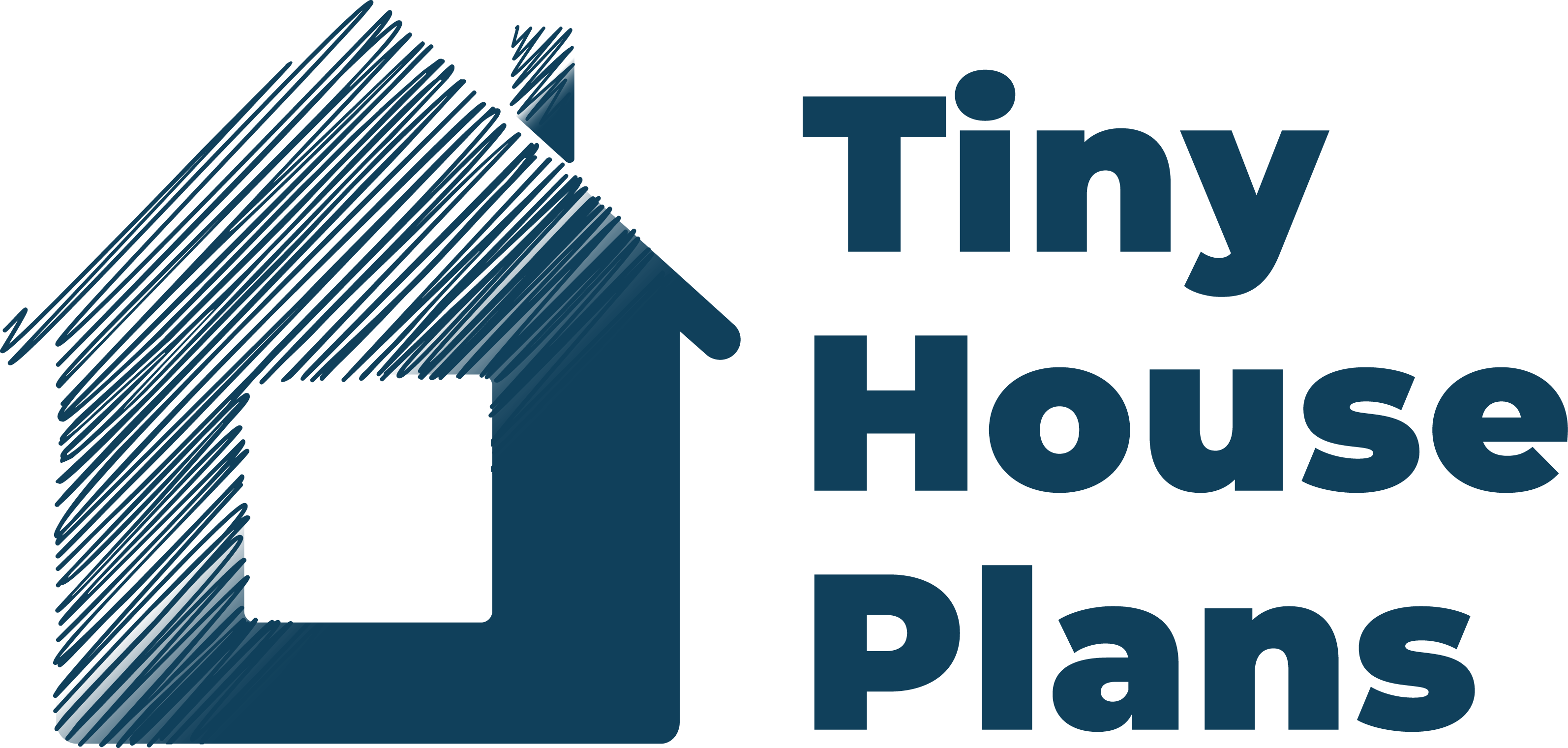

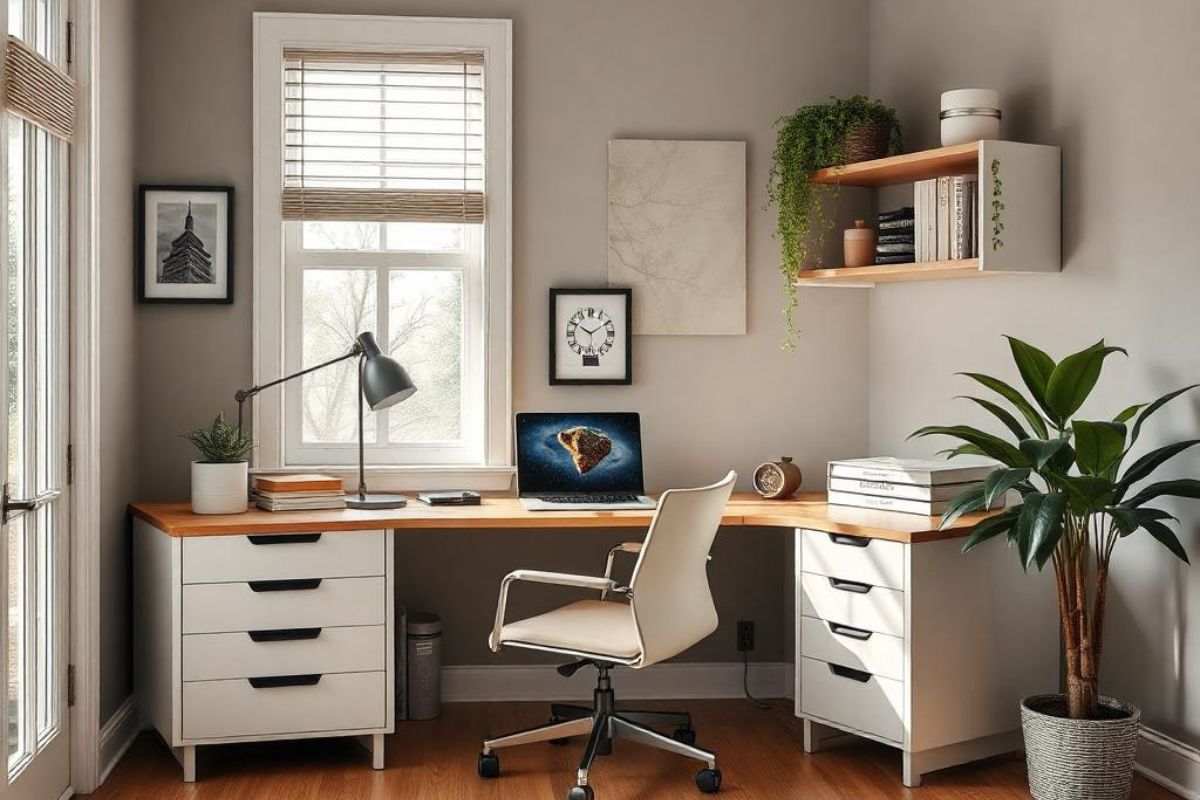
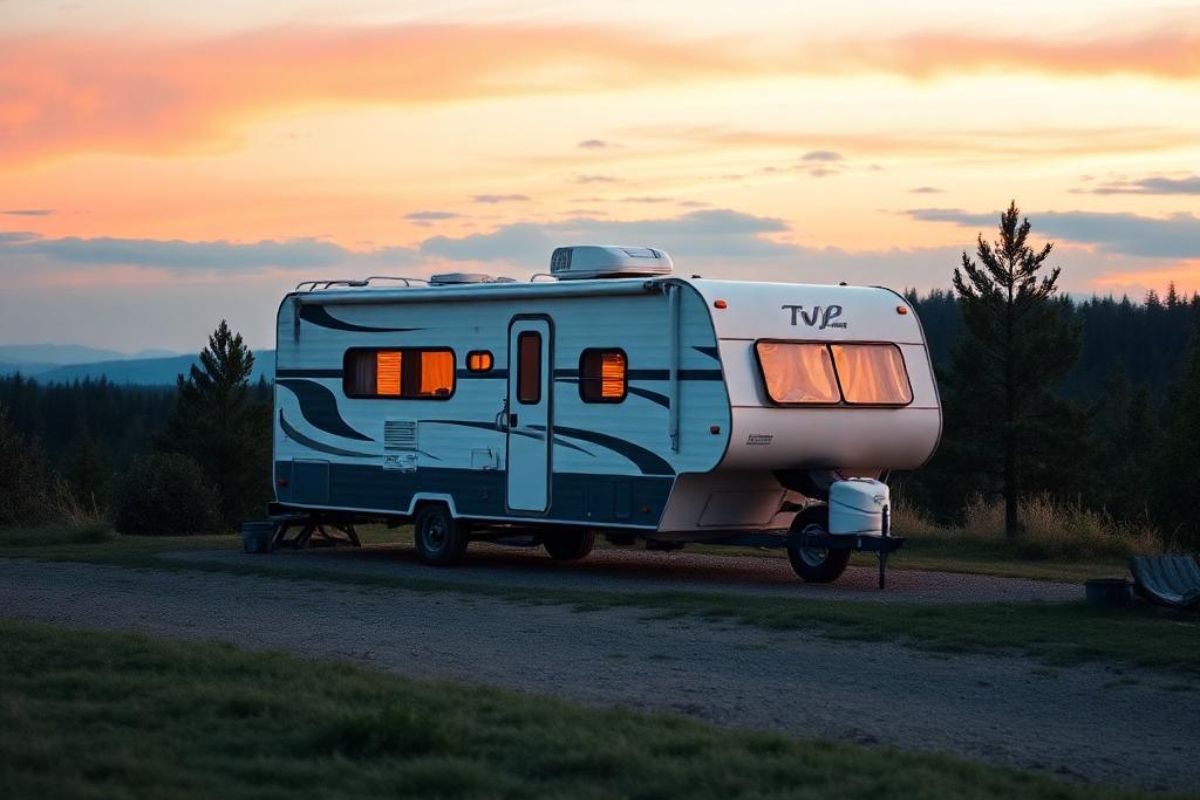
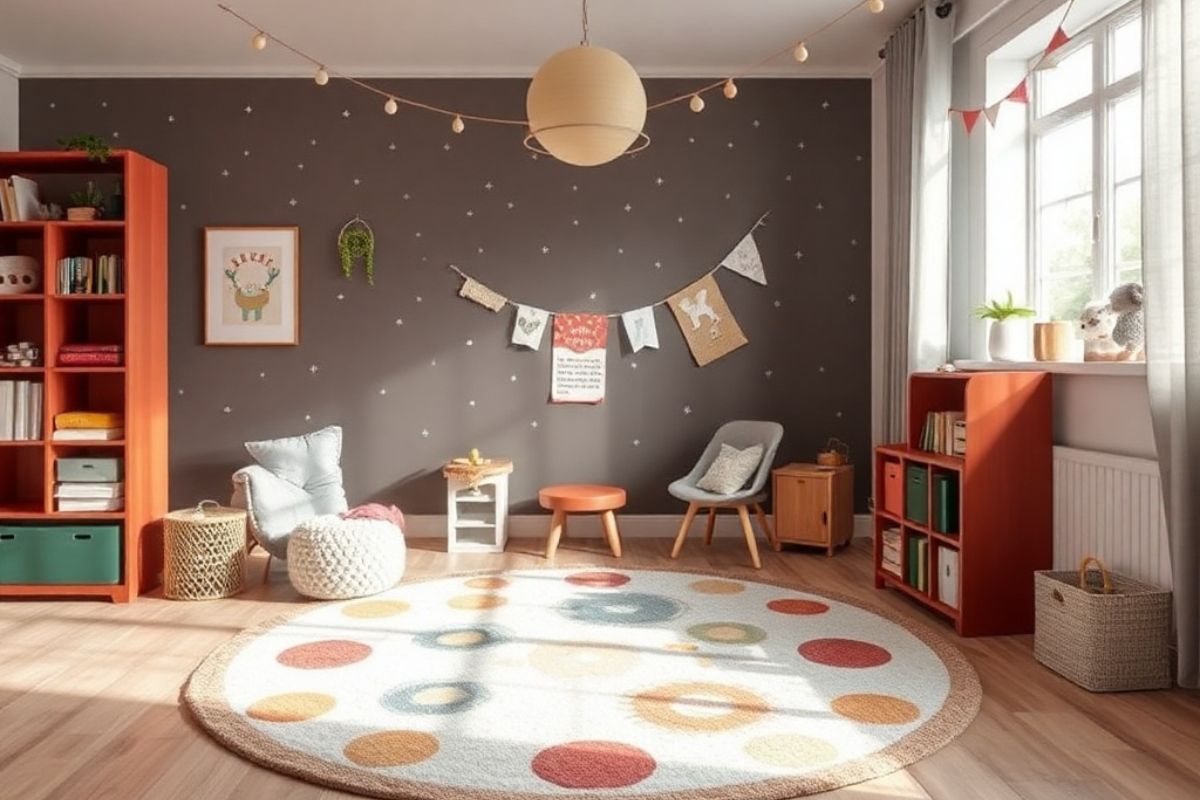
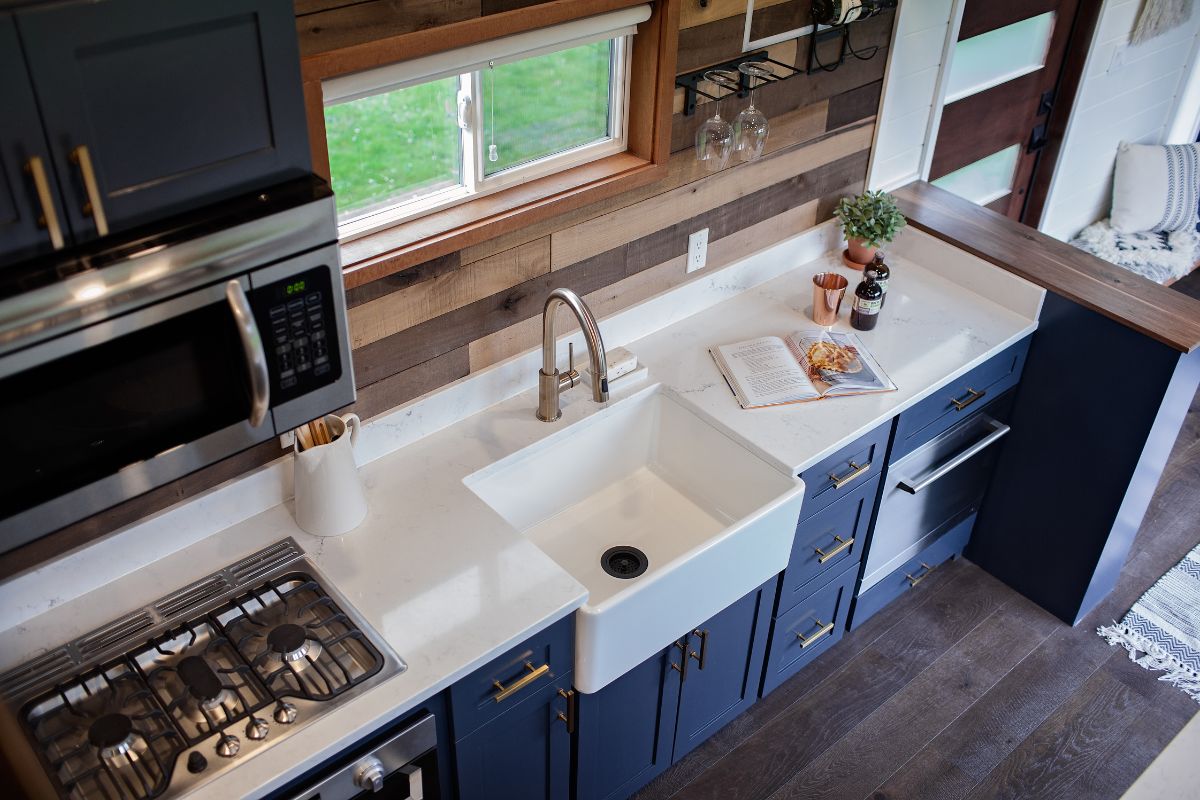
Share: